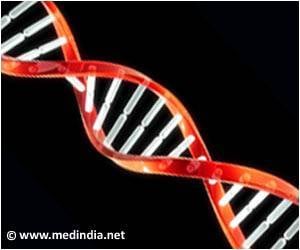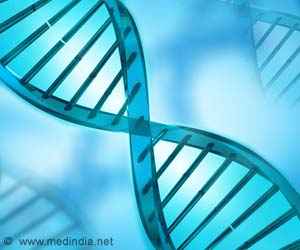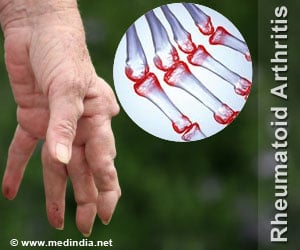Old viral DNA, once thought to be gone forever, is reactivated in mammalian embryos, with each species showing unique variations.

The study is published in the journal Cell (1✔ ✔Trusted Source
An atlas of transcription initiation reveals regulatory principles of early mammalian development
Go to source).
‘Ancient viral DNA re-emerges in mammalian embryos, with each species showcasing its own unique expression. #DNA #embryodevelopment #medindia’





Advertisement
Unanswered Questions About the Role of Ancient Viral DNA
Transposable elements, remnants of ancient viral DNA, are reactivated during the first hours and days following fertilization. This dynamic period of early development sees embryonic cells displaying remarkable plasticity, yet the molecular mechanisms and factors that regulate this plasticity remain unclear. Research in models such as mice suggests that transposable elements play a crucial role in cellular plasticity, but it is still uncertain whether this is a universal feature across all mammalian species. The diverse evolutionary origins of these viral remnants raise further questions about their conservation across mammalian genomes. Understanding the regulatory mechanisms governing the activation of transposable elements is essential for advancing reproductive medicine and uncovering the fundamental principles of genome regulation.Advertisement
Thought to Be Extinct Viral Elements Re-Expressed in Mammalian Embryos
A team of researchers led by Prof. Maria-Elena Torres-Padilla at Helmholtz Munich and LMU set out to explore these ancient DNA sequences by developing a novel method to study their transcription. They created a single-embryo atlas by comparing embryos from several mammalian species, including mouse, cow, pig, rabbit, and the non-human primate, rhesus macaque. Their findings were surprising: The researchers discovered that very old viral elements, previously thought to be extinct, are re-expressed in mammalian embryos. They also found that each species studied expresses distinct types of these elements.Advertisement
New Avenues for Gene Manipulation and Cell Plasticity Research
These observations show that the activation of transposable elements is conserved across species, and identifying specific elements provides exciting opportunities to manipulate thousands of genes in cells at the same time. “This approach offers a novel way to influence cell fate, such as directing stem cell differentiation, which typically requires the simultaneous manipulation of hundreds of genes,” says co-first author Dr. Marlies Oomen. “Our work highlights the importance of understanding the regulatory principles behind transposable elements.”Prof. Torres-Padilla further explains: “Our research uncovered that transposable element activation is a distinctive feature of early embryos in several mammalian species. This finding is significant because these early-stage cells can differentiate into all body cell types. By understanding how these cells regulate ancient viral elements, we gain crucial insights into the mechanisms of cellular plasticity. This study sets the stage for future research into specific regulatory elements, with broad implications for health, disease, and how manipulating these elements could impact cellular processes.”
Unprecedented Dataset for Early Development Across Multiple Mammalian Species
In addition to developing a novel methodology that opens new avenues for researchers working with single cells and embryos, this study has generated an unprecedented dataset. Early embryo development is a highly dynamic process that is of great interest to scientists, but most studies tend to focus on a single species, typically mouse or human. This study, however, took an evolutionary approach by comparing multiple mammalian species, allowing the identification of key regulatory pathways shared across mammals. The biological insights gained from this research, combined with the rich dataset, will serve as a valuable resource for researchers in developmental and reproductive biology.References:
- An atlas of transcription initiation reveals regulatory principles of early mammalian development - (https://www.cell.com/cell/fulltext/S0092-8674(24)01426-0)
Source-Eurekalert







